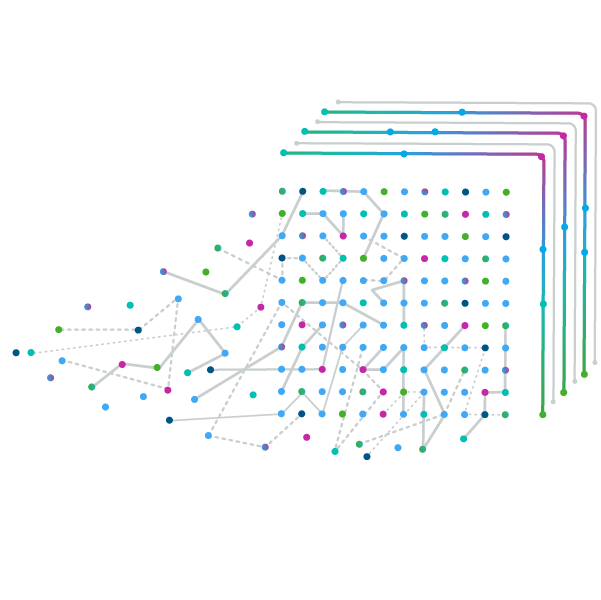Digital health companies have faced headwinds over the past few years. Startups have seen reduced funding inflows while companies with approved products have struggled to grow revenue and expand their user base. Some have gone bankrupt. However, innovation has remained strong and new digital health products to diagnose, treat and remotely monitor patients are now launching into a more mature global marketplace with an expanding number of approval and reimbursement pathways that offer improved chances of future success. Developers are also combining individual product types into “solutions” with both patient and physician-facing interfaces that increase the case for health system adoption. In the research space, biopharma companies have been using wearable sensors and digital measures in drug trials to better understand drug benefits and reduce risk.
This report examines trends across various segments of the digital health market, which are becoming increasingly defined. We examine digital diagnostics alongside maturing therapeutic product segments like digital therapeutics (DTx) and digital care (DCs) and look at consumer apps and non-prescription digital therapeutics that aim to reduce health symptoms. We also examine how life sciences companies are strategically deploying wearable sensors and other patient monitoring tools in research.
While past IQVIA Institute digital health reports have focused mostly on consumer-facing digital health technologies, this report also explores provider-focused solutions, like digital diagnostics, clinical decision support tools, remote patient monitoring tools and AI-informed digital platforms that are now helping providers globally improve outcomes for patients with chronic diseases. For the first time, we also examine the uptake of these solutions in the marketplace drawing on various IQVIA data sources.








































